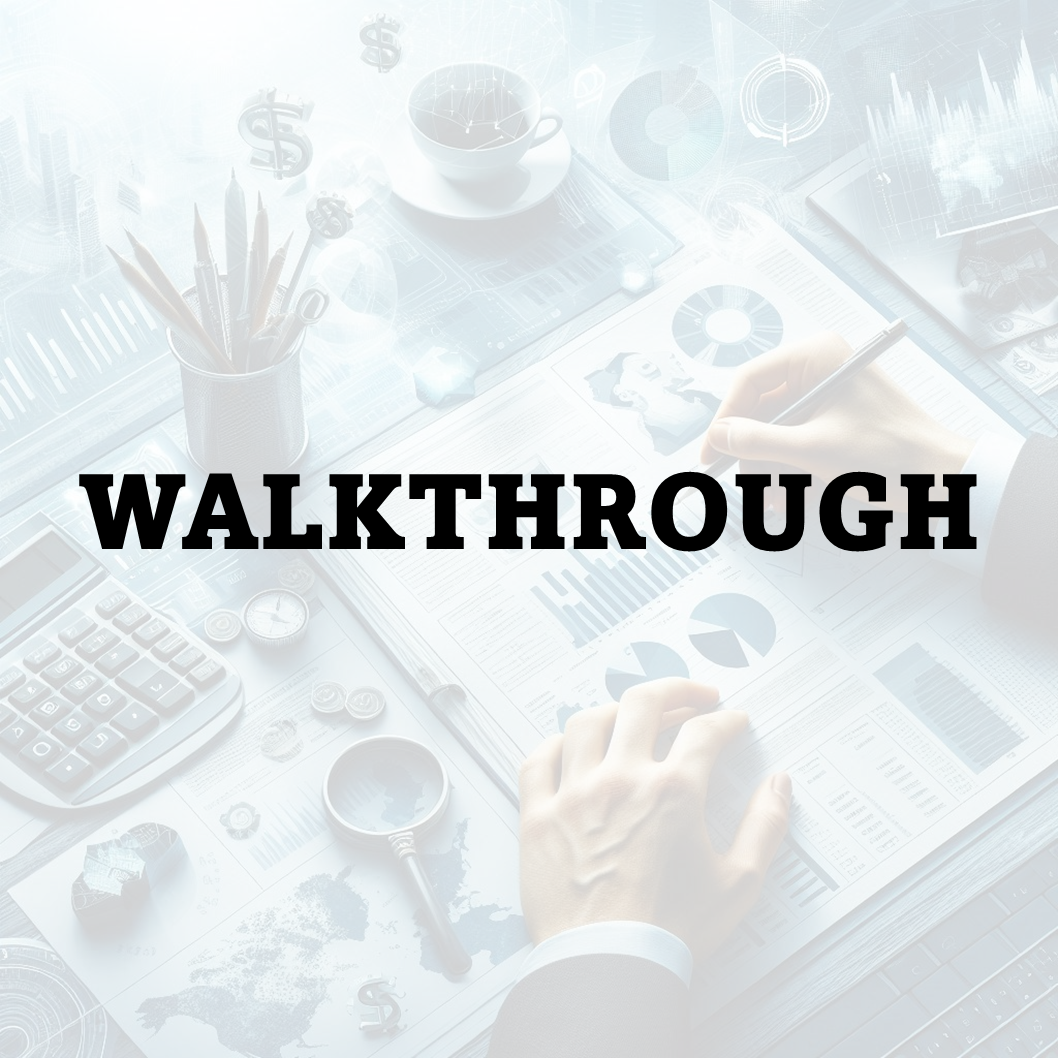Here are the steps for leveraging GPTs for Financial Report Analysis and Portfolio Construction (note this is an example and should be treated as a reference , GPT is in no way a certified financial advisor , just a language model processor and suggester), each of these can be prompted to the GPT but they might not be able to retrieve the data directly from the net so keep in mind it may require you to follow steps they lay out to reach the final goal.
Step 1: Data Collection and Preparation
– Collect Apple Inc.’s 2023 annual report (10-K) and quarterly reports (10-Q) for the past two years.
– Gather industry reports on the tech sector from sources like Gartner or IDC.
– Compile historical stock price data and trading volumes for Apple and its competitors.
Step 2: GPT Model Selection and Fine-tuning
– Choose GPT-4 or a similar advanced model with demonstrated financial analysis capabilities.
– Fine-tune the model on a dataset of 1000 annotated financial reports, focusing on extracting metrics like P/E ratios, EBITDA, and debt-to-equity ratios.
Step 3: Financial Report Analysis
– Extract key figures from Apple’s 2023 annual report, such as revenue ($394.33 billion), net income ($97.00 billion), and R&D expenses ($26.25 billion).
– Analyze management’s discussion on the impact of global chip shortages on product availability.
– Compare Apple’s gross margin (44.3%) with competitors like Samsung and Microsoft.
Step 4: Financial Modeling and Forecasting
– Analyze Apple’s revenue growth trend over the past 5 years (e.g., 5.5% YoY growth in 2023).
– Generate a forecast for Apple’s 2024 revenue, considering factors like new product launches and market conditions.
– Compare GPT-generated forecasts with analyst consensus estimates.
Step 5: Risk Assessment
– Identify risks such as “dependence on foreign manufacturing” or “potential changes in international trade policies” from Apple’s risk factors section.
– Assess the potential impact of identified risks, such as estimating a 5-10% revenue decrease if significant trade barriers are imposed.
– Generate a risk score for Apple based on various factors, comparing it to industry averages.
Step 6: Portfolio Construction
– Define criteria such as “tech companies with P/E ratios below 30 and revenue growth above 10%.”
– Use the GPT to screen stocks meeting these criteria, potentially identifying companies like NVIDIA or AMD alongside Apple.
– Suggest an optimal allocation, e.g., 40% Apple, 30% NVIDIA, 30% AMD, based on risk-return analysis.
Step 7: Generating Investment Recommendations
– Create a summary: “Apple shows strong financial health with consistent revenue growth and high profit margins, but faces risks from supply chain dependencies.”
– Generate an investment thesis: “Apple’s ecosystem lock-in and growing services revenue stream provide a competitive advantage and potential for continued growth.”
– Produce a comprehensive report detailing the analysis of Apple and other selected stocks, including financial metrics, risk assessments, and growth projections.
Step 8: Continuous Monitoring and Rebalancing
– Analyze Apple’s latest quarterly report, noting any significant changes in key metrics.
– Conduct a monthly portfolio health check, assessing whether the current allocation still aligns with investment goals.
– Suggest rebalancing actions, such as “Reduce Apple allocation by 5% and increase NVIDIA by 5% due to NVIDIA’s stronger recent performance and positive outlook in AI chip market.”
Conclusion:
These examples demonstrate how GPTs can be applied throughout the investment process, from initial data analysis to ongoing portfolio management. For instance, in the case of Apple, the GPT might identify its strong financial position and growth in services revenue as positive factors, while also flagging potential risks like supply chain dependencies. This nuanced analysis, combined with similar assessments of other stocks, can help in constructing a balanced and informed investment portfolio.
Remember, while these examples show the potential of GPTs in financial analysis, it’s crucial to combine these insights with human expertise and additional sources of information for comprehensive investment decision-making.









Leave a Reply